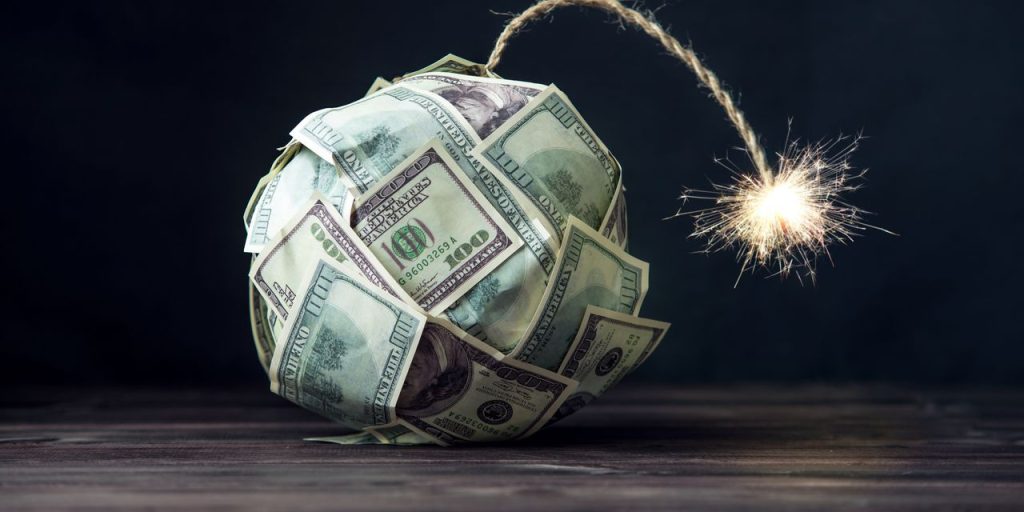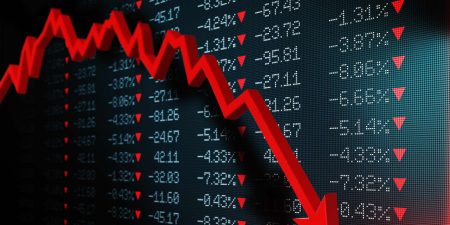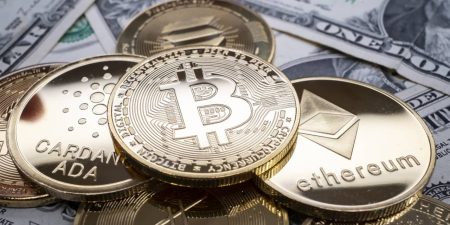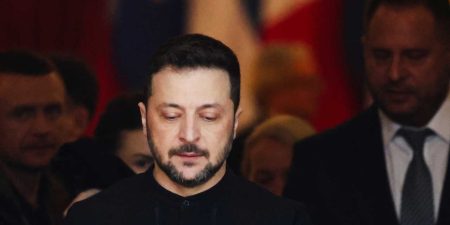An earlier version of this story said the cost of betting against a stock-market crash was at the cheapest since 2008. It has been corrected.
Traders who expect the stock market to crash sometime during the next year are in luck: The cost of betting on a blowup hasn’t been this cheap since at least 2008, according to a team of analysts at BofA Global Research.
“Since our data began in 2008, it has never cost less to protect against an S&P drawdown in the next 12 months,” according to a team led by Benjamin Bowler, BofA’s top global equity-derivatives strategist.
Relatively low equity volatility coupled with rising interest rates — the Federal Reserve is widely expected to deliver another 25-basis-point interest-rate hike on Wednesday — and low correlation among different corners of the stock market has created a “historic entry point” for hedges, the team said.
According to the team, the cost of buying S&P 500 puts and put spreads expiring in 12 months is even lower today than it was in 2017, when the Cboe Volatility Index
VIX,
otherwise known as the “Vix” or Wall Street’s “fear gauge,” touched its all-time low below 9. By comparison, the gauge finished Tuesday at 13.86.
A put is an option contract that could pay off if the underlying stock or index were to fall by a certain amount over a given period. The level at which an option goes “in the money” is called the “strike price.” Traders can typically exercise or sell “in the money” options for a profit, so long the cost of purchasing the option has also been offset. Equity options give traders the right, but not the obligation, to buy or sell.
In options trading, a “spread” is a type of strategy that involves selling one option contract to offset the cost of buying another.
The team recommended buying puts that would pay off if the S&P 500
SPX,
were to fall by 5% over the coming year. But for investors who are looking to take a bigger swing, they also recommended a put spread that would involve selling an even further out-of-the money S&P 500 put to offset the cost of buying the 5% out-of-the money put mentioned above.
Upfront premiums paid on such a trade is in the low single-digits, meaning the cost of protection is a small fraction of the index’s price in the spot market.
If the S&P 500 were to falter, the put spread recommended by the team could offer a max payout of more than 8-to-1.
In a sense, the cost of bearish options on the S&P 500 has gotten so low, it almost doesn’t make sense. There appear to be far more potential stock-market landmines nowadays than there were back in 2017.
U.S. stocks finished higher on Tuesday with the S&P 500 rising 0.3% to 4,567.46. Meanwhile, the Nasdaq Composite
COMP,
rose by 0.6% to 14,114.56 while the Dow Jones Industrial Average
DJIA,
rose by 26.83 points, or 0.1%, to 35,438.07, clinching its longest winning streak in more than six years.
Read the full article here















